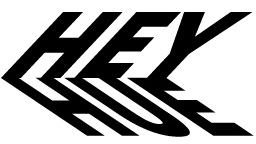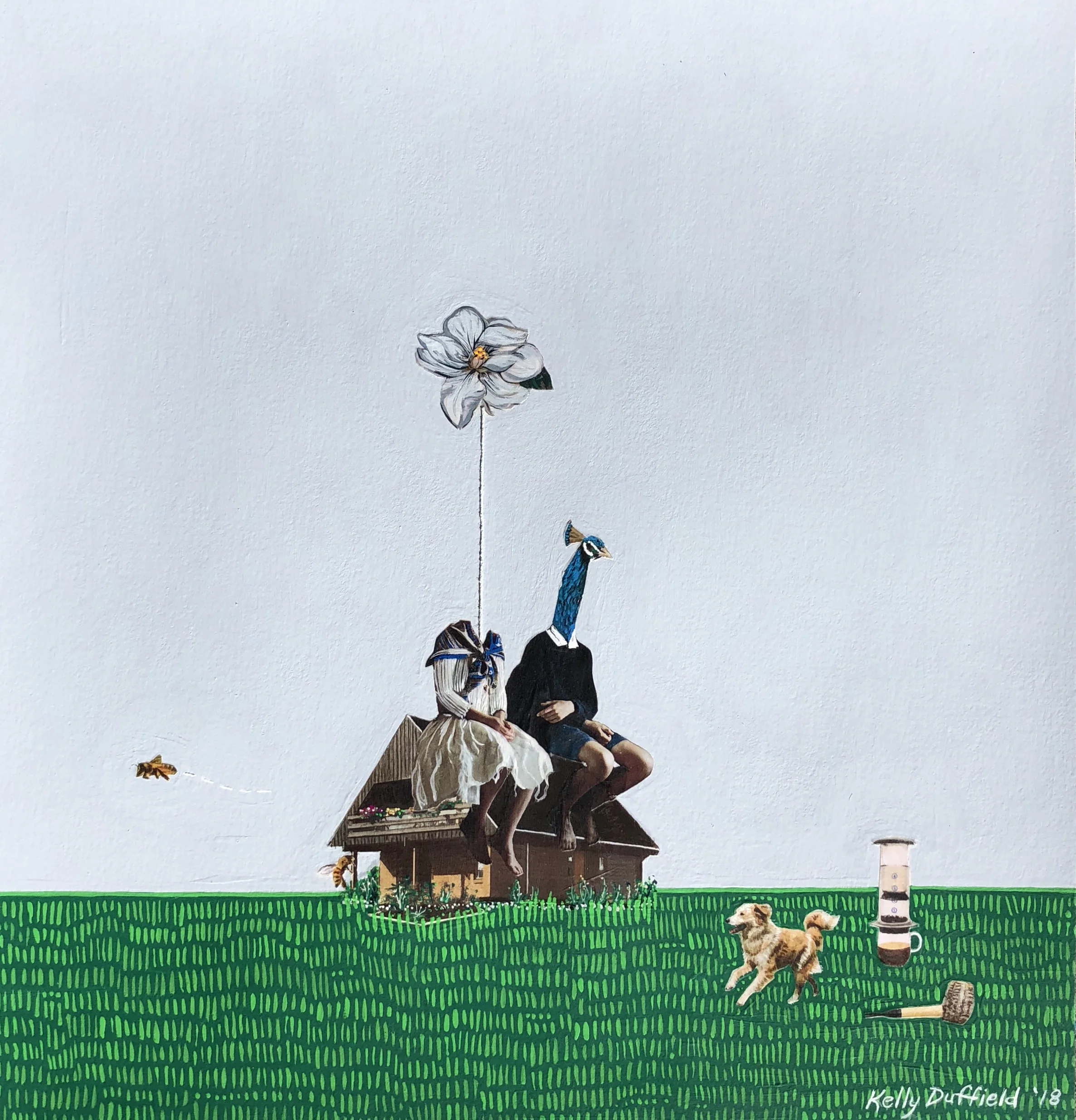home/maker
Untitled Xi, Kelly Duffield, Collage, acryla gouache, colored pencil and string on paper, 12” x 11.5” unframed, Image courtesy of the artist
opening reception
Thursday, April 25, 2019
5-7 pm
1432 Market St, Denver CO 80202
RSVP
April 25 - May 5, 2019
Saturdays & Sundays noon to 5 pm or by appointment
Home/Maker, an exhibition benefiting Mercy Housing, explores the complex notions of home from a female perspective. Featuring works by local, up-and-coming and established women or queer artists along with works by Mercy Housing resident artists, Home/Maker addresses the myriad and at times conflicting mental, emotional, and physical labor required to maintain a home. A play on words for the term commonly given to housewives, Home/Maker draws attention to the acts of creating a home and making art about the home. Proceeds from art sales benefit Mercy Housing’s resident programs that support health and wellness, financial and housing stability, after-school care, and community building activities.
Historian and author Alexis Coe points out: “Up until the 21st century, almost all American women had been wives at some point in their lives, whether that was a formal relationship or not. They were wives to husbands, they were wives to fathers, they were wives to brothers. They were always taking care of someone’s house because they were a ward of it. So in American culture, women have held this place of being the fabric of American life, and that explains some of our longest and most vicious battles of American identity — they all touch on the home and family.”
This fraught position as maker and keeper of the home has only increased with technological advancements and as more women work outside of the home and strive to “have it all” and “lean in.” Jill Filipovic for her 2018 Bustle article, “Marriage & Motherhood Are No Longer The Milestones of Adulthood. Now What?,” identifies technological advances “to increase the productivity of her domestic labor — a vacuum cleaner, an electric oven, a washing machine — was a key piece of pre-American and pro-capitalist propaganda.” Having the home with a white picket fence became synonymous with the American Dream and a veritable patriotic duty. The standards of cleanliness and the expectations of how much could be accomplished steadily increased alongside “the fetishization of white female domesticity.”
As working women of color and immigrants have known since the late 1800s, the balance of domesticity and one’s job becomes a nearly impossible juggling act. With the advent of social media and an increasingly image-based culture, the pressure to achieve and maintain an Instagram-worthy home may never be greater. From first wave feminist Eleanor Roosevelt — “The mother of a family should look upon her housekeeping and the planning of meals as a scientific occupation” — to Netflix phenom Marie Kondo’s aphorisms —“If you fold your clothes in the formal spark of joy, you can actually make the joy last longer”— society mandates women’s duty to the home as well as her enjoyment of those duties. Fisher Price kitchen sets and vacuums pave the road to a lifetime of domesticity. Cooking meals, cleaning, laundry, grocery shopping, home improvement projects. These tasks never cease, continuing ad infinitum.
And yet, for all it’s complication, the home is often the central, foundational aspect of our lives. Home touches upon each tier in Maslow’s hierarchy of needs: basic (warmth, rest), psychological (belonging and love, family), and self-fulfillment (self-actualization, aesthetic needs, and creativity). Without a home, we feel unmoored, at risk, exposed.
As women struggle to close the pay gap and gain financial independence, their ability to afford a home, especially in rapidly changing cities like Denver where the cost of living continues to skyrocket, becomes even more tenuous. According to a study by re:gender, formerly the National Council for Research on Women, three-quarters of households living in public housing developments are female headed with poverty the main driver. A report from Harvard indicates that housing cost-burdened households will increase by 25 percent over the next decade; as of 2012 35 percent of American households already reported a cost burden.
A similar disparity continues in the arts. Female artists represent 51 percent of the total number of artists and earn half of all MFAs in the United States yet they account for only 30 percent of all gallery-represented artists and only 25 percent of solo shows in New York City. The pay gap for female artists remains even more profound than society at large, especially for artists in the top echelons of the market with tens if not hundreds of millions separating auction purchases between living and deceased artists like: $12.4 million for Jenny Saville vs. $46.3 million for Gerhard Richter; $44.4 million for Georgia O’Keefe vs. $450 million for Leonardo da Vinci. It’s it’s not just the monetary value gap that female artists deal with but rather the perceived gap in talent itself. I was once at the home of a Chicago real-estate tycoon ranked, since 2007, in ArtNews’s Top 200 Collectors list who pointed to a Joan Mitchell painting and said, to a group of mostly women, “That’s about as good of a painting as you can expect by a woman.” He then immediately followed that zinger with, “You know, it’s pretty difficult for women in the arts.” I leveled my eyes at him and said, “Yeah, we know.”
As a woman who has worked in the arts since 2007 and who bought a home in 2013 thanks to Denver’s affordable housing program and down-payment assistance from the Colorado Housing Assistance Corporation, I fully recognize my privilege to both work in a field I love and build equity through my home. I am eternally grateful for these gifts; I believe that everyone should have a place to call home as well as the ability to own an original artwork. The works in this show are priced between $45 and $5,400 with the majority priced under $1,000 and several at or under $200. The retail price of each sold artwork will be split between the artist and Mercy Housing, similar to a gallery model because I believe that artists should be fairly compensated for their talent and that their work should maintain its market value even for a charitable event.
Thank you for your support of female and queer artists and affordable housing programs. You’re why I love this city and call it my home.
Deanne
















